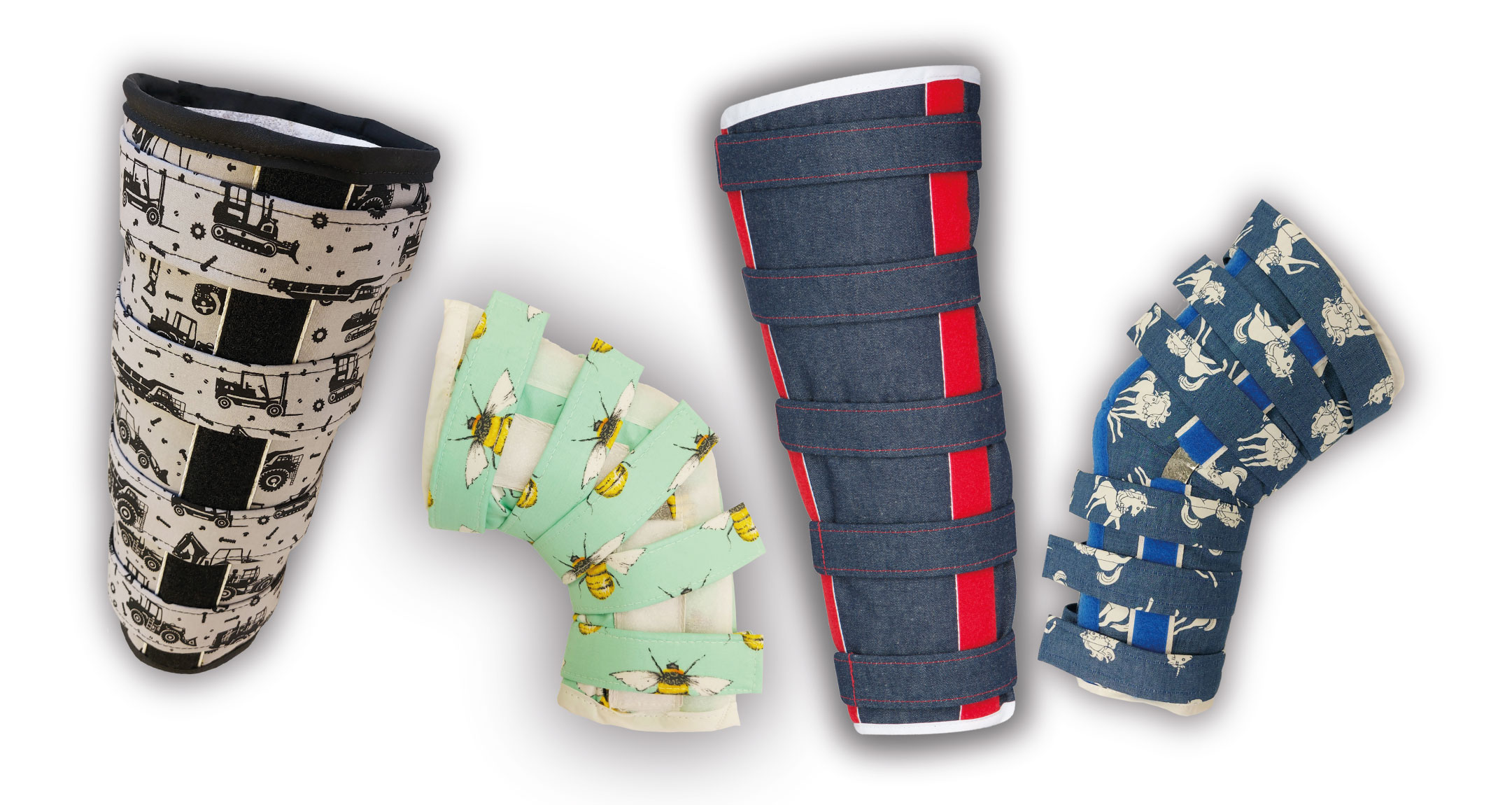Juvenile Rheumatoid Arthritis (JRA), is a type of arthritis that affects children and young people aged under 16. In the UK, around 1,000 children each year are diagnosed with the condition and there are currently about 10,000 children with JRA.

JRA is an autoimmune disorder, in which the immune system attacks healthy tissues and cells, causing inflammation of the joints. This inflammation results in warmth, redness and pain in the joints, and can affect any part of the body. JRA can also cause anaemia and fever and can also affect the nervous system, eyes, heart and lungs.
It is not yet fully understood why the immune system goes wrong in children with JRA but it is suspected that the process involves two stages: first, something in the genetic make-up of the child gives them a tendency towards developing the condition, which is then triggered by an environmental factor such as a virus. Thankfully, the majority of children with JRA recover fully from the disease without lasting disability.
JRA is classified in one of three types:
- Pauciarticular JRA. This means that up to four joints are affected. Around 50% of affected children have pauciarticular JRA, making it the most common type. Typically affecting larger joints like the knees, pauciarticular JRA is most likely to be developed by girls under the age of eight years old. Between 20% and 30% of children with this type of JRA also experience eye problems such as uveitis and iritis.
- Polyarticular JRA. Around 30% of children with JRA have polyarticular JRA, which affects five or more joints. Though polyarticular JRA may affect large joints, it most commonly affects smaller joints such as those found in the feet and hands. Polyarticular JRA is often symmetrical, affecting the same joints on the left and right sides of the body.
- Systemic JRA. In addition to swelling of the joints, systemic JRA causes fever and rashes that are light pink in colour. It can also affect internal organs including the lymph nodes, spleen, liver and heart. Around 20% of children with JRA have the systemic form and some of these children may experience the condition into adulthood.
There is a range of treatments available to children with JRA, including a variety of medications such as nonsteroidal anti-inflammatory medicines (NSAIDs), disease-modifying antirheumatic medicines (DMARDs) and corticosteroid medicines. Other options include physiotherapy, occupational therapy, regular exercise and proper sleep management.
Jobskin® offer a range of of medical garments that can provide therapeutic value to children with JRA. These include Gaiters, which provide much-needed support, stabilisation and immobilisation to affected joints, helping to reduce pain and improve function. Available as both extension and flexion in either made-to-measure or ready-to-wear formats, our gaiters are available in a variety of colourful fabrics to aid compliance.
Visit the CCAA website at https://www.ccaa.org.uk for help and support with JRA. CCAA is a UK-based charity ran by people who, through personal experience, have developed a passion to help support children with arthritis.
For more information about Jobskin® garments, please browse our website.